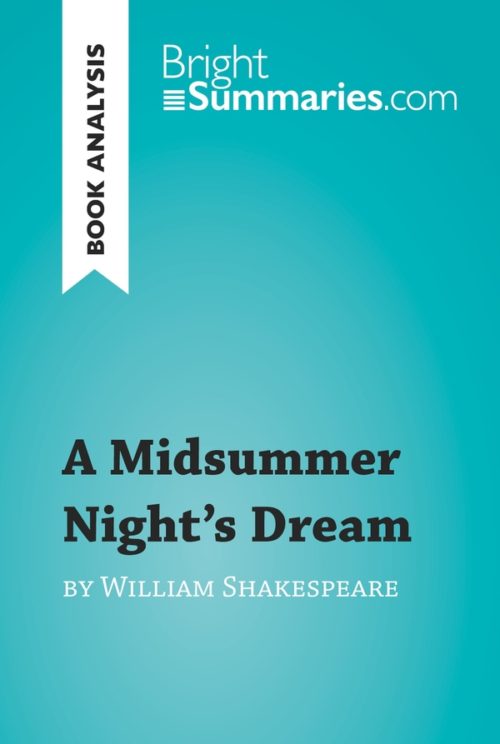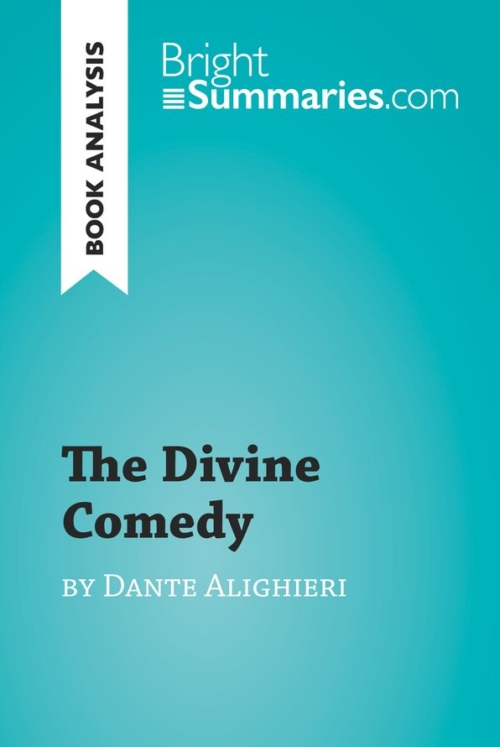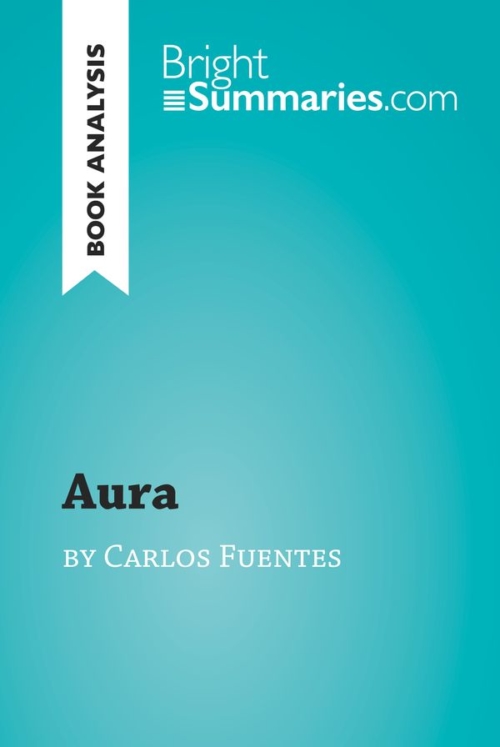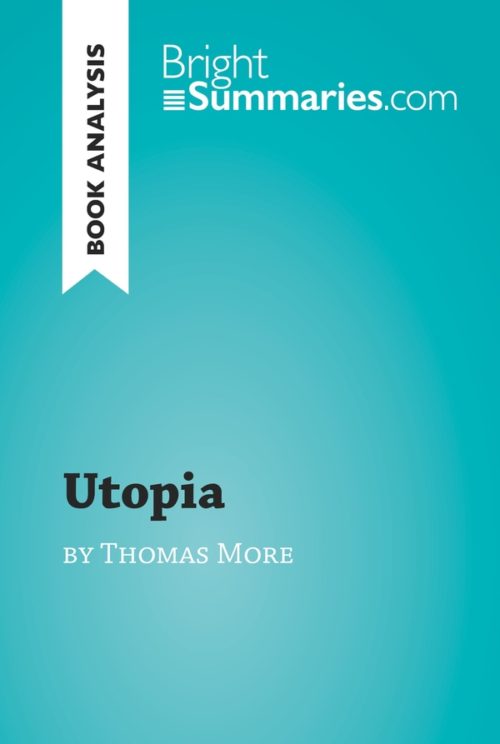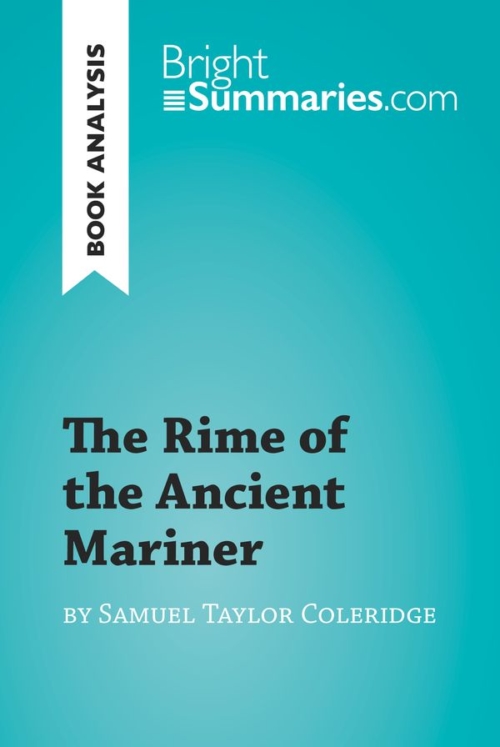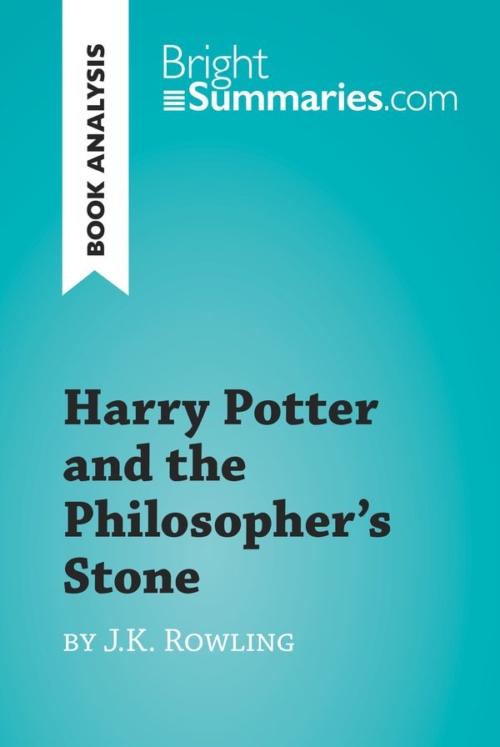The Lion, the Witch and the Wardrobe by C.S. Lewis (Book Analysis)
The Lion, the Witch and the Wardrobe by C.S. Lewis (Book Analysis)
Detailed Summary, Analysis and Reading Guide
Read more
This practical and insightful reading guide offers a complete summary and analysis of The Lion, the Witch and the Wardrobe by C.S. Lewis. It provides a thorough exploration of the novel’s plot, characters and main themes, including the conflict between good and evil and the use of Christian allegory within the novel. The clear and concise style makes for easy understanding, providing the perfect opportunity to improve your literary knowledge in no time.
This clear and detailed 58-page reading guide is structured as follows:
- Biography of C.S. Lewis
- Presentation of The Lion, the Witch and the Wardrobe
- Summary of The Lion, the Witch and the Wardrobe
- Character study
- Aslan
- Mr Tumnus
- The White Witch
- Peter Pevensie
- Susan Pevensie
- Edmund Pevensie
- Lucy Pevensie
- Maugrim
- Digory Kirke
- Mr and Mrs Beaver
- Analysis of The Lion, the Witch and the Wardrobe
- Good vs. evil
- The fall from grace and redemption
- Gluttony and envy
- Universal morality
About The Lion, the Witch and the Wardrobe
The Lion, the Witch and the Wardrobe was the first novel in C.S. Lewis’s Chronicles of Narnia series to be published, and it remains the best-known book in the series (although it is preceded by the later novel The Magician’s Nephew in terms of the internal chronology of the series). It tells the story of the four Pevensie siblings, who are evacuated to the British countryside during World War II, only to discover a magical land called Narnia inside an old wardrobe in their host’s home. Although they are initially enchanted by this strange land, it soon becomes clear that Narnia is in the grip of powerful dark magic – and they may be the only ones with the power to break the spell…
The Lion, the Witch and the Wardrobe has been adapted for the screen on many occasions, most recently in the 2005 film directed by Andrew Adamson. It remains one of the most popular children’s novels of all time, and is still widely read today.
About C.S. Lewis
C.S. Lewis was an Irish writer who was born in Belfast in 1898. He attended Oxford College, where he formed a close friendship with fellow writer J. R. R. Tolkien. Together, they founded a literature society called the Inklings, which had a profound impact on the work of both authors. Lewis was also a devoted Christian, and wrote many theological essays in defense of his faith which remain widely read today. His best-known work of fiction is the Chronicles of Narnia series, which comprises seven fantasy novels for children and is considered an allegorical representation of the Christian faith.
Product details
| ISBN | 9782808016032 |
|---|---|
| Publisher | Plurilingua Publishing |
| Collection | Brightsummaries.com |
| Format | |
| Pages | 58 |
| File size | 2.3 MB |


